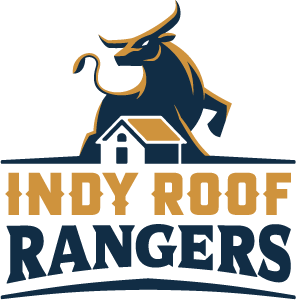The Importance of Roof Inspection
A roof is an important part of a home, and keeping it in good shape requires preventative maintenance.
A routine inspection is one way to catch issues before they become major problems.
Most inspectors will provide you with a report detailing their findings, including replacement estimates for the entire roof and specific repairs needed. Browse around this site!
Shingles
Roofing professionals inspect shingles for a variety of issues. Some are easy to spot, like curled or buckled shingles, and others are more subtle.
Inspecting shingles is important because these materials are a home’s primary shelter against weather and other conditions. They also provide a decorative touch and increase the value of a home.
If the shingles on your roof are curled or buckled, it could be a sign that you need to replace them. This is especially true of asphalt shingle roofs.
In addition, inspecting your shingles can help you identify issues that may be harder to spot, such as hail damage or poor ventilation. Experts can quickly assess the remaining lifespan of your shingles and check grain levels to locate any damage caused by hail. They can also ensure your vents are working to their full capacity. This can help you avoid costly repairs down the road.
Flashing
Roof flashing is a critical part of your roof and can prevent leaks in vulnerable areas. Without it, water would run down your roof into your home and cause a lot of damage.
As a result, it’s important to make sure it’s installed correctly, maintained regularly and replaced as needed. It’s also wise to have a roofing contractor inspect it as part of an annual maintenance inspection.
During the roof inspection, the inspector will look at your flashing in all kinds of places, like valleys and seams. They will also check the integrity of flashing that covers penetrations like vent pipes, roof vents, chimneys and skylights.
Roof flashing can be made of a variety of metals, including aluminum, steel and copper. It’s designed to protect your home from rain, snow and other weather elements.
Penetration Seals
When building or renovating a property, it is important to ensure that all penetrations in the roof have proper water control methods in place. Without this, there can be problems with the integrity of the roof and water leaks.
Penetration Seals are designed to seal around service penetrations such as cables, cable trays, pipes and ventilation ducts. They are system-specific, so it is important to select the right one for your application.
A number of different products address this type of application. Some are simple firestop solutions like intumescent (heat expanding) sealants and pillows, while others include multi-component firestop systems to provide a higher level of protection.
For example, escutcheon plates are a relatively inexpensive short-term solution that covers the penetration with decorative trim. However, over time they tend to separate from the wall and lose their hygienic seal. This creates an opportunity for airborne particles, moisture and pests to get into the product and contaminate it.
Structural Issues
Structural issues like sagging roof planes, rotting wood, and other obvious signs of damage can lead to costly repairs. Fortunately, regular inspections can catch these problems early and keep your roof in great condition.
During the roof inspection, an expert will check for structural deformations, water pooling near pipes and flashing, and other issues that could cause further damage to your roofing system. They’ll also inspect the soffit, fascia, and gutters.
The inspector will also look at skylights and chimneys for any damage or loose seals that may result in moisture buildup inside your home. They’ll also check for masonry chimneys that have cracks and crumbling grout.
Finally, they’ll look at the insulation and ventilation in your attic to make sure it’s up to code. This is important because improper insulation can contribute to heat loss during the winter and cause snow to melt on your roof, increasing the risk of leaks. Inadequate ventilation can lead to mold, mildew, and rot. Additional info!
